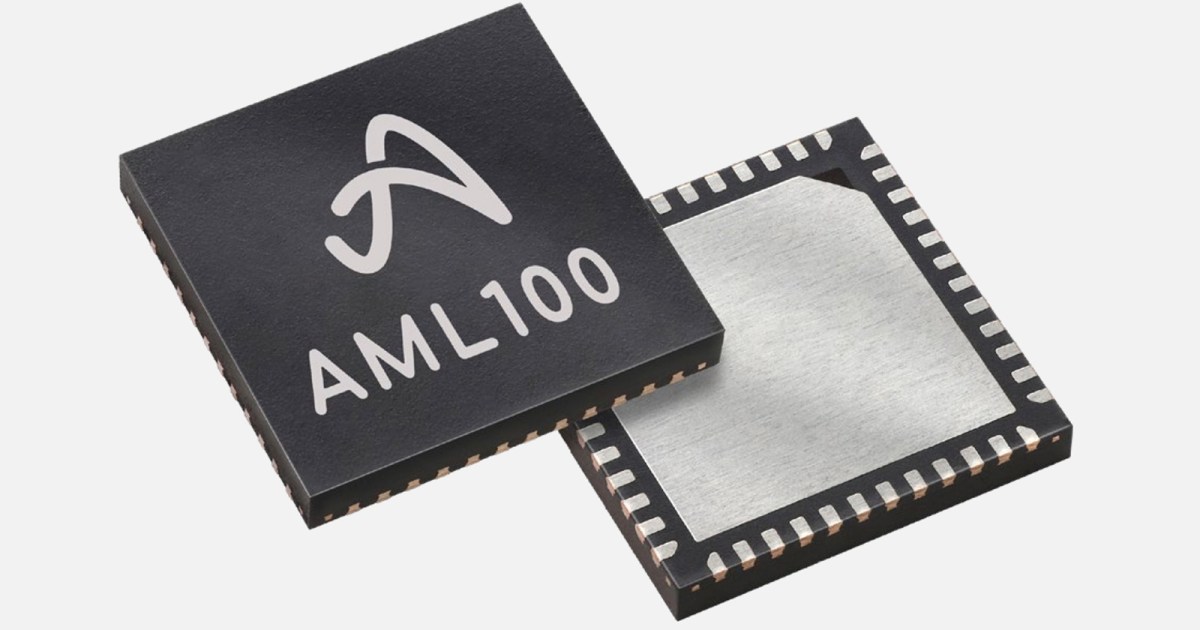It could be the key to making tomorrow’s smart tech sustainable.
Seems interesting but it has the stink of “buzzword marketing” all over it. The example given in the article about using it for wake words is just using a microphone connected to the device. Microphones and speakers are both analog devices that all digital phones have already. Also the fact that it’s an IC that’s programmable leads me to believe it’s not analog at all, or else how can it be programmed?
I also thought it was funny to talk about environmental damage from all these digital sensors and then using thermometers filled with mercury as an example of an analog sensor. Mercury is a heavy metal and extremely toxic to most lifeforms, which is why we don’t use it in thermometers anymore.
Lots of buzzwords indeed, author apparently doesn’t even know what a smart sensor is, as they described a regular sensor in their first paragraph.
That said, you can absolutely program analog ICs, such as by using a Field Programmable Gate Array instead of just your regular Gate Array (your usual, ‘stupid’ IC). Though, while a random IC might cost you less than half a dollar, a FPGA will cost you around 100$ for a simple chip.
On the other hand, skipping any GPU or CPU and their limitations by clock speed should speed up the AI considerably, though parallel programming (not concurrent programming, and not multi-core “parallel” programming either) is much harder and comes with almost no safety when compared to serial programming.
What do you mean by “almost no safety”?
Edit: OP edited his comment to clarify. He only had “parallel” without the “no multi-thread/multi-core” bit.
As my prof put it: “Every few years it’s announced that analog computing is coming back. But everyone is still using digital computing only”
Some ai models perform at 4 bit resolution. Maybe there’s a chance?
Here is an alternative Piped link(s):
Piped is a privacy-respecting open-source alternative frontend to YouTube.
I’m open-source; check me out at GitHub.
If you are interested learning more, there was a veritasium video about analog chips where he quite well explained the working of and the usecases .
Here is an alternative Piped link(s):
Piped is a privacy-respecting open-source alternative frontend to YouTube.
I’m open-source; check me out at GitHub.
It seems that many don’t understand what analog computing is. Here’s a video from veritasium about it, also focused on AI.
I’m not sure with that information if internally they are analog or not. But at least it sounds like smart limit switches, which it does make sense to be more efficient than having a computer monitoring a signal and comparing it to the desired value.
This impressed me:
In August, IBM unveiled a prototype of a low-power analog chip designed specifically for speech recognition — it was able to detect 12 “wake words” more quickly and just as accurately as a digital system.
I’m always wary of extraordinary claims (Theranos and all) but this could potentially be interesting.
Very interesting!
Happy to see people recalling everybody about the analog nature of the world, in spite of big corps pushing for a cold fully digital metaverse
The Metaverse is cold because it has Zuckborg in it.








